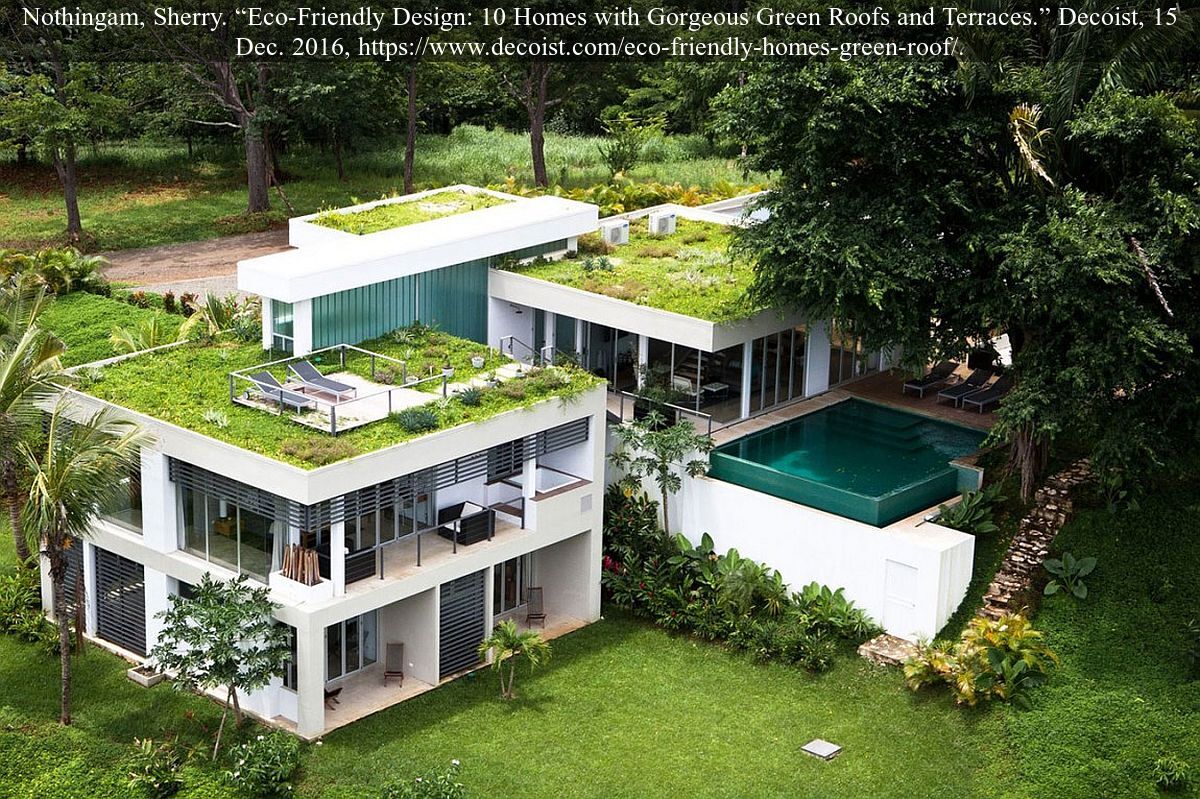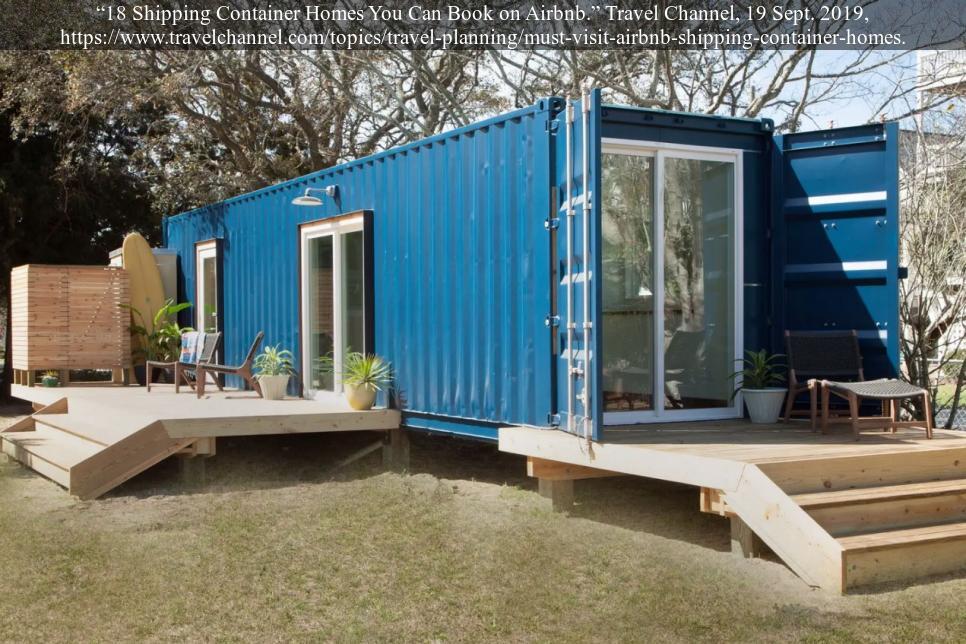What is a Bio-home?
A bio-home is an environmentally low-impact home designed and built using materials and technology that reduces its carbon footprint and lowers its energy consumption. Bio-homes mitigate the negative impacts that buildings can have on human health and the environment.
First introduced in the 1960’s - 1970’s during the Green Building Movement. Eco-friendly houses helped to address the rapidly growing prices of oil during the 1970s. People started looking for more renewable energy sources to maintain the costs of their homes. The first eco-friendly house was built in Austin Texas in 1992. U.S. Green building foundation was founded in 1993.


Sustainable living
The most well known property of bio-homes is their environmentally conscious features. Features such as these can reduce carbon emissions and reliance on a centralized power grid:
- Thermal insulation
- Composting toilets
- Solar Panels
- And many more
Sustainable development
Having a bio-friendly home helps to have a great environmental impact. It has many benefits that it provides compared to regular homes as well.
The houses may use sustainably sourced materials. These could be Forestry Stewardship Council (FSC) certified timber, or the homes could be made out of recycled materials like rubber tires and or even shipping containers.